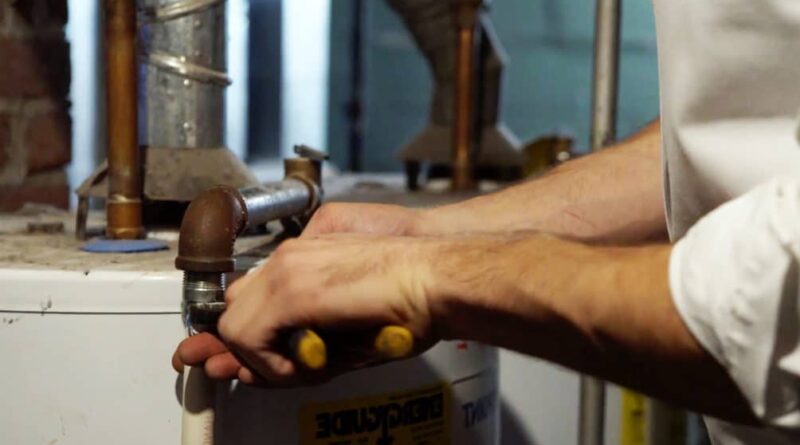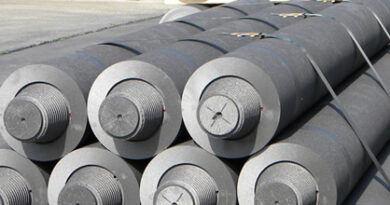The Environmental Impact of Plumbing and How to Make it More Sustainable
Plumbing is an essential aspect of modern-day living that provides us with access to clean water and effective sanitation. However, the manufacturing, installation, and maintenance of plumbing systems have a considerable environmental impact. In this article, we will explore the environmental impact of plumbing and ways to make it more sustainable.
The emergency plumbing refers to a plumbing service that is available 24/7 to address urgent plumbing issues that require immediate attention. These issues can include burst pipes, severe leaks, blocked drains or toilets, gas leaks, water heater breakdowns, and other plumbing emergencies that can cause damage to the property or endanger the health and safety of the occupants. Emergency plumbing services are typically provided by licensed and experienced plumbers who have the necessary equipment and expertise to quickly diagnose and resolve the problem.
Manufacturing of Plumbing Fixtures:
The manufacturing process of plumbing fixtures such as faucets, showerheads, and toilets involves the use of energy, water, and materials. The production of these fixtures contributes to the emission of greenhouse gases and the depletion of natural resources. To reduce the environmental impact of manufacturing, manufacturers can adopt eco-friendly practices, such as using recycled materials, reducing water consumption, and optimizing energy efficiency.
Water Usage:
Water is a precious resource that is often taken for granted, and the plumbing industry is a significant consumer of this resource. Inefficient plumbing systems can lead to water wastage, increasing the demand for freshwater sources. To reduce water consumption, low-flow faucets, toilets, and showerheads can be installed. These fixtures use less water and are designed to maintain the same level of functionality as traditional fixtures.
Energy Usage:
The plumbing industry is a significant consumer of energy, which contributes to the emission of greenhouse gases. The energy consumption of plumbing systems is primarily due to the heating and transportation of water. To reduce energy consumption, the installation of energy-efficient water heaters, and the use of renewable energy sources can be considered.
Maintenance and Repair:
The maintenance and repair of plumbing systems can have a significant environmental impact. Traditional plumbing systems often use toxic chemicals and solvents to clean and maintain plumbing fixtures. These chemicals are harmful to the environment and can pollute water sources. To reduce the environmental impact of plumbing maintenance, eco-friendly cleaning products and non-toxic solutions can be used.
Sustainable Plumbing Solutions:
Sustainable plumbing solutions can help reduce the environmental impact of plumbing systems. Some sustainable plumbing solutions include:
- Greywater Recycling:
Greywater recycling involves the collection, treatment, and reuse of water from sources such as sinks, showers, and washing machines. Greywater can be used for purposes such as irrigation, toilet flushing, and laundry. Greywater recycling can help reduce water consumption and reduce the demand for freshwater sources.
- Rainwater Harvesting:
Rainwater harvesting involves the collection and storage of rainwater for later use. Rainwater can be used for purposes such as irrigation, toilet flushing, and laundry. Rainwater harvesting can help reduce water consumption and reduce the demand for freshwater sources.
- Composting Toilets:
Composting toilets are waterless toilets that use natural processes to break down waste into compost. Composting toilets can help reduce water consumption and eliminate the need for septic systems or sewage treatment plants.
- Solar Water Heaters:
Solar water heaters use solar panels to heat water, reducing the demand for electricity or gas to heat water. Solar water heaters can help reduce energy consumption and reduce greenhouse gas emissions.
Water Waste:
Plumbing systems can contribute to water waste through leaky pipes, inefficient fixtures, and water-intensive appliances. This waste can lead to a strain on local water resources and higher utility bills for homeowners. To reduce water waste, it is important to use water-efficient fixtures, fix leaks promptly, and properly maintain appliances.
Energy Consumption and Greenhouse Gas Emissions:
Plumbing systems, particularly those that rely on hot water, can contribute significantly to energy consumption and greenhouse gas emissions. The heating and transportation of water can consume a considerable amount of energy, particularly if outdated systems are used. This energy consumption can contribute to the emission of greenhouse gases such as carbon dioxide and methane, which contribute to climate change.
Conclusion:
The environmental impact of plumbing systems is significant, and it is essential to take steps to make plumbing more sustainable. Manufacturers can adopt eco-friendly practices, and consumers can make changes to their plumbing systems to reduce water and energy consumption. Sustainable plumbing solutions such as greywater recycling, rainwater harvesting, composting toilets, and solar water heaters can help reduce the environmental impact of plumbing systems. By making small changes, we can all play a role in creating a more sustainable future.




